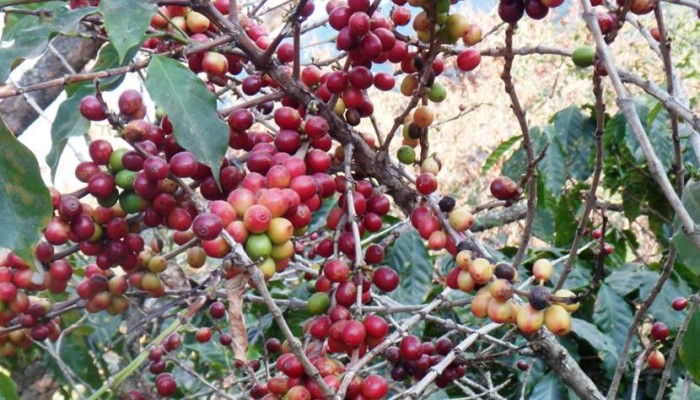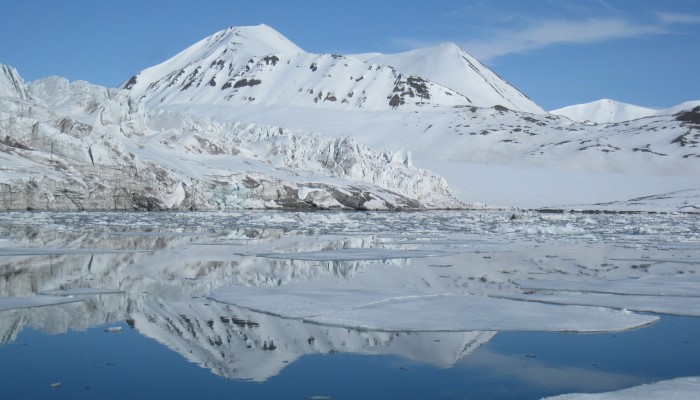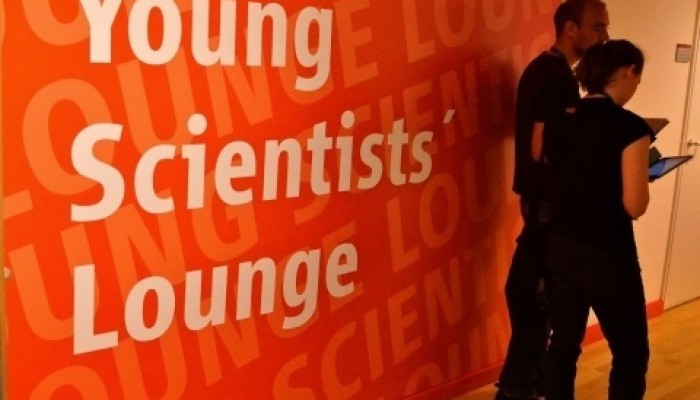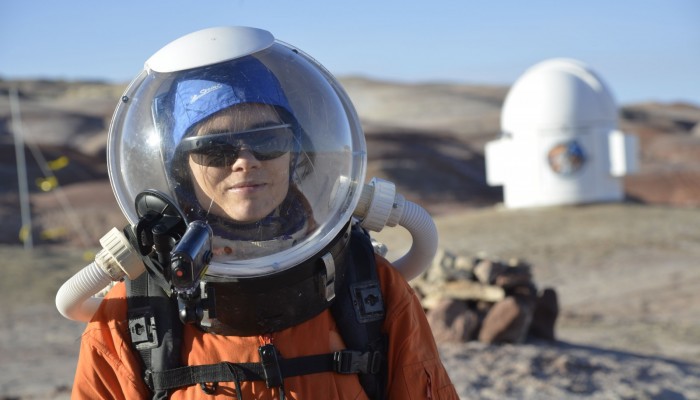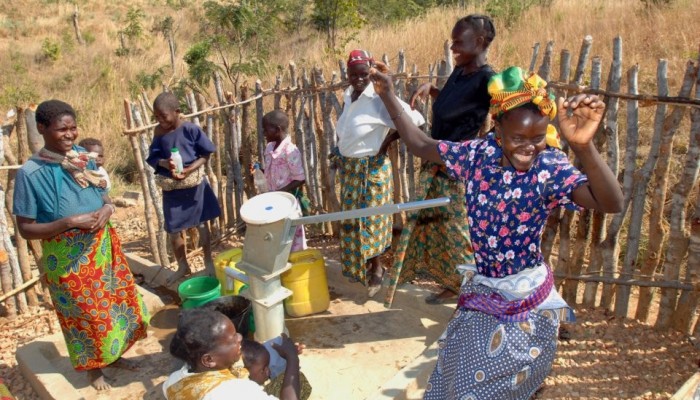How can an understanding of geology support and strengthen international development? #4 – Geotourism. Many geological features carry enormous value, not just in terms of their scientific importance, but also as an attraction to domestic and international visitors. Unusual rock formations, key geomorphic features, volcanic landscapes etc are all destinations that may help countries generate ...[Read More]
If you didn't find what you was looking for try searching again.
Energy, Resources and the Environment
What to see at EGU?: ERE 1.3 Fractures, mechanics and flow in tight reservoirs
Within a week the EGU General Assembly will kick off! This year the topic will be A Voyage Through Scales. For those that will attend for the first time, the scale of EGU itself may be impressive enough already. So how do you decide where to go? Here we hope to point you to a few interesting sessions, in case you get completely lost. Today we asked Dr. Maartje Houben, one of the Young Scientists c ...[Read More]
GeoLog
Imaggeo on Mondays: Mirror Image
This week’s Imaggeo on Mondays image is brought to you by Fabien Darrouzet, who visited the icy landscapes of Svalbard back in 2012. Whilst the aim of his trip was not to better understand the geology of the landscapes, his eyes were very much focused on goings on up, up in the sky, it didn’t stop him taking this still of the snow covered peaks. This picture was taken in Svalbard (78° lat.) in Jun ...[Read More]
Energy, Resources and the Environment
What to see at EGU?: Young Scientist events
Within a week the EGU General Assembly will kick off! This year the topic will be A Voyage Through Scales. For those that will attend for the first time, the scale of EGU itself may be impressive enough already. So how do you decide where to go? Here we hope to point you to a few interesting sessions, in case you get completely lost. To start with, there are a number of interesting events for Youn ...[Read More]
Energy, Resources and the Environment
What to see at EGU?: A Voyage Through Scales
Within a week the EGU General Assembly will kick off! This year the topic will be A Voyage Through Scales. For those that will attend for the first time, the scale of EGU itself may be impressive enough already. So how do you decide where to go? Here we hope to point you to a few interesting sessions, in case you get completely lost. A number of events will take place concerned with this year̵ ...[Read More]
VolcanicDegassing
The great eruption of Tambora, April 1815
April 2015 marks the 200th anniversary of the great eruption of Tambora, on Sumbawa island, Indonesia. This eruption is the largest known explosive eruption for at least the past 500 years, and the most destructive in terms of lives lost, even though the precise scale of the eruption remains uncertain. The Tambora eruption is also one of the largest known natural perturbations to the climate syste ...[Read More]
GeoLog
What’s on for young scientists at the Assembly in 2015?
This year, there’s a great line-up of young scientist (YS) sessions at the General Assembly. Not only that, but there are opportunities to meet those that represent you in the Union, get to know other young scientists in your field, and make the most of both the scientific and social sides of the conference… First up for young scientists is the icebreaker event on the Sunday before the meeting, wh ...[Read More]
GeoLog
GeoCinema at the 2015 General Assembly
GeoCinema is the home of geoscience films at the EGU General Assembly. This year features 36 fantastic films from across the geosciences, so you can step into some soil science, dive into deep ocean investigations, catch a glimpse of climate change research and more! GeoCinema runs almost continuously throughout the conference, with short films, documentaries and feature length productions playing ...[Read More]
Geology for Global Development
Back to Basics – Geology and International Development (Part 1/4)
How can an understanding of geology support and strengthen international development? #1 – Through the provision of clean water, dignified safe sanitation and hygiene training (WASH). The expert knowledge of hydrogeologists is essential if effective, sustainable projects are to be completed. Effective and sustainable WASH projects can improve education, health, income generation, the qualit ...[Read More]
Geomorphology
EGU events 2015
EGU is coming close and Lucy Clarke arranged some information on upcoming event and sessions interesting for Geomorphologists. Award lectures: There are a number of Award lectures not to be missed out on at EGU2015: The Arthur Holmes Medal lecture will be given by Carlo Laj on “Our Magnetic Planet”, Heather Viles is giving the Ralph Alger Bagnold Medal Lecture on “Boulders, biology and buildings: ...[Read More]

